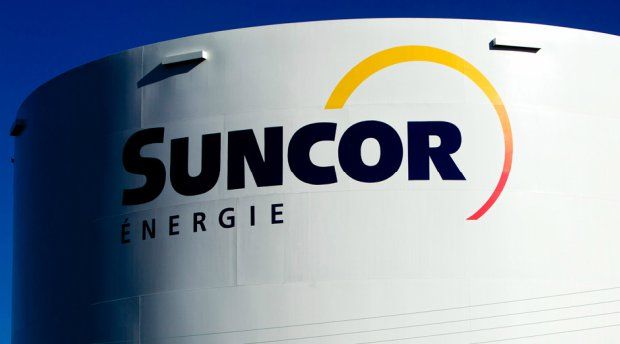No Recession for U.S. as European Debt Crisis Continues
Post Views 0Based on dividend swaps that indicate consumption of services may grow 1.8 percent by November 2012, investors, thankfully, don’t see a U.S recession happening any time in the next 12 months.
According to the four authors of a National Bureau of Economic Research report, the annualized forecast, as of yesterday, held somewhere in the 11-month rage of 1.8 percent to 2.2 percent. Jules van Binsbergen, who is a faculty research fellow at the NBER and one of the authors, has said that they derived the estimates using a ”standard forecasting technique” to calculate equity yields from dividend-swaps contracts.
”Equity yields are not predicting a double-dip recession, but rather a continuation of modest growth,” van Binsbergen, who is also an assistant professor at Northwestern University Kellogg School of Management in Evnston, Illinois, and Stanford University Graduate School of Business in California.
Dividend swaps offer ”very valuable” information about consumption-growth expectations because they are ”very responsive to what’s happening in the real economy,” Evert Vrugt said, who is a Singapore-based quantitative trader at Invenio, part of Olam International Ltd. (OLAM), and who also bought and sold dividend contracts when he worked at Amsterdam-bassed APG Asset Management.Dividend swaps are also traded over-the-counter in the U.S. for the Standard & Poor’s 500 Index. Van Bisbergen said that services account for about 66 percent of total consumption.
The reason for the expectations moderated from April’s 2.2 percent implied growth rate, is partly because of the concerns that the European debt crisis and the U.S. deficit debate would hamper the recovery, and this is according to co-authors Vrugt and Ralph Koijen, who is the assistant professor at the University of Chicago Booth School of Business. Over the past 20 years, actual services-consumption growth has averaged around 2.4 percent, van Binsbergan said.
The price at which S&P 500 dividend swaps are currently trading reflects ”some growth,” which is ”quite constructive give the macro fear of a slow down,” Kokou Agbo-Bloua said, who is a senior equity and derivatives strategist at BNP Paribas SA in London, France. Agbo-Bloua also said the the contracts are ”definitely attracting a lot of interest” from a broad base of investors and provide a ”more detailed and real-time view of the market expectations with respect to company earnings and economic growth.”
After the growth of 1.3 percent and 0.4 percent in the previous two quarters, the U.S. gross domestic product expanded 2.5 percent in the third quarter.
”The current expectations are in line with what we saw before this summer’s debt concerns,” van Binsbergen said. They are ”on par with a moderate growth scenario.
Yesterday, the central bank said that there are ”significant downside risks to the economic outlook.” As long as unemployment remains high and the inflation outlook stays ”subdued”, this will leave unchanged the pledge to keep the target for the rate on overnight loans among banks at ”exceptionally low levels” through, at least, mid-2013.




 Chicago’s Top Tech Companies
Chicago’s Top Tech Companies  November Posts Another Strong Job Report
November Posts Another Strong Job Report  2006-2015 Median Weekly Earnings of Full-Time Workers in the United States
2006-2015 Median Weekly Earnings of Full-Time Workers in the United States  US Dollar Gaining Momentum
US Dollar Gaining Momentum  Top Canadian Companies You Want to Work For
Top Canadian Companies You Want to Work For